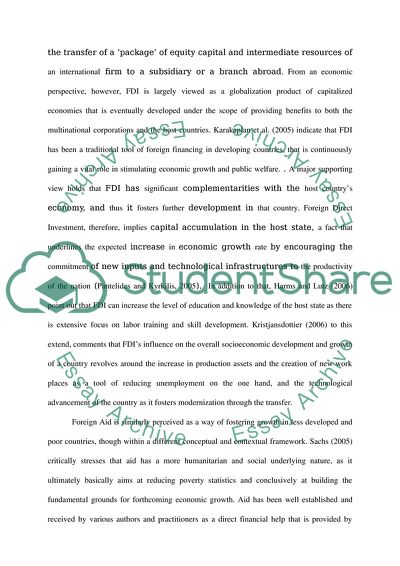Cite this document
(Is Foreign Direct Investment the New Aid Coursework, n.d.)
Is Foreign Direct Investment the New Aid Coursework. Retrieved from https://studentshare.org/finance-accounting/1717859-foreign-direct-investment-is-the-new-aid-do-you-agree
Is Foreign Direct Investment the New Aid Coursework. Retrieved from https://studentshare.org/finance-accounting/1717859-foreign-direct-investment-is-the-new-aid-do-you-agree
(Is Foreign Direct Investment the New Aid Coursework)
Is Foreign Direct Investment the New Aid Coursework. https://studentshare.org/finance-accounting/1717859-foreign-direct-investment-is-the-new-aid-do-you-agree.
Is Foreign Direct Investment the New Aid Coursework. https://studentshare.org/finance-accounting/1717859-foreign-direct-investment-is-the-new-aid-do-you-agree.
“Is Foreign Direct Investment the New Aid Coursework”. https://studentshare.org/finance-accounting/1717859-foreign-direct-investment-is-the-new-aid-do-you-agree.


